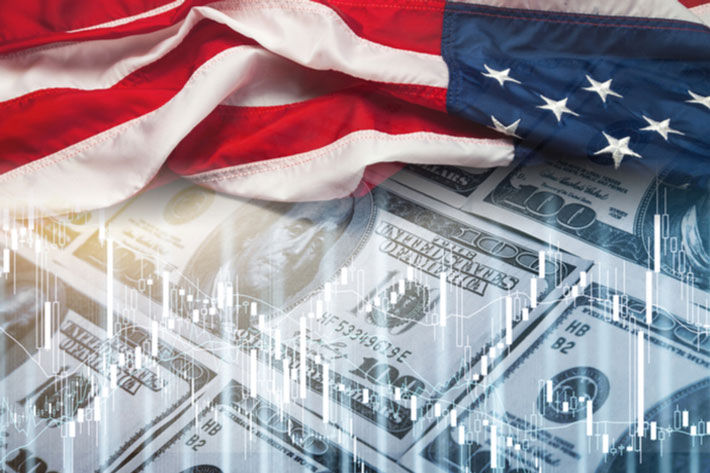
There was a significant increase in the growth of private domestic final purchases (PDFP) to 3.7 per cent, attesting to the strength of private demand, the department said in a press release. PDFP is the sum of personal consumption, business fixed investment and residential investment.
As of May 2022, the United States is still in expansion, even though growth in January and February was affected by the omicron variant and other factors.
Before the release of the first quarter GDP reading, private forecasts expected US economic activity would return to its trend path late this year and GDP would grow at 2.3 per cent on a fourth-quarter over fourth-quarter basis.
Although this estimate may be revised down—and downside risks remain to the outlook—the U.S. economy is expected to continue its expansion this year. Waning fiscal and monetary stimulus along with recovering labour supply should help balance labour markets and relieve some inflationary pressures, the department forecast.
Private demand grew at a healthy rate despite a backdrop, which included a resurgence of COVID-19 cases from the omicron variant, expectations of tightening monetary policy, and Russia’s invasion of Ukraine and its impacts on sentiment and prices for oil and food, it said.
Labour market conditions improved further during the first quarter of 2022, after making record gains in 2021—including the largest advance in payroll job creation, and the largest drops in the headline and the U-6 (broadest) unemployment rates in a calendar year.
With jobs plentiful and workers in short supply, strong nominal wage gains are drawing more workers back into the labour force.
However, supply-demand mismatches in the economy have driven headline—as well as core—inflation higher thus far in 2022. Rising inflation in 2021 reflected supply-demand imbalances, partly due to elevated demand from high household savings and partly related to supply-chain disruptions.
These factors continue to influence prices this year, and headline inflation has been further elevated by rising prices for energy and grains related to Russia’s invasion of Ukraine. Still, core inflation may have peaked in spring 2022 and started to ebb, given a further waning of the pandemic, government efforts to contain energy prices, and an easing of supply bottlenecks in some markets.
The slowdown in GDP in the first quarter this year reflected greater domestic demand for imports, higher prices and weaker demand for US exports, slower growth of private inventories and higher prices for government spending, the department noted.
Real PDFP accelerated to 3.7 per cent at an annual rate during the first quarter of this year, following a 2.6 per cent advance in the fourth quarter of last year. By stripping out international trade, government spending and the volatile inventory component, PDFP is typically a stronger indicator of future GDP increases and represents the private sector’s capacity to generate self-sustaining growth, the department said.
The trade deficit widened by $191.6 billion to $1,541.7 billion in Q1 2022, which imposed the largest drag (3.2 percentage points) of any component on GDP growth.
Total exports of goods and services dropped by 5.9 per cent at an annual rate, while total imports of goods and services jumped by 17.7 per cent. Nominal exports rose in the quarter, but real exports fell on a sharp increase in the export price index.
Inflation picked up markedly in 2021 and continued to accelerate earlier this year. Over the four-quarters of 2021, the consumer price index (CPI) rose by 7 per cent.
Fibre2Fashion News Desk (DS)